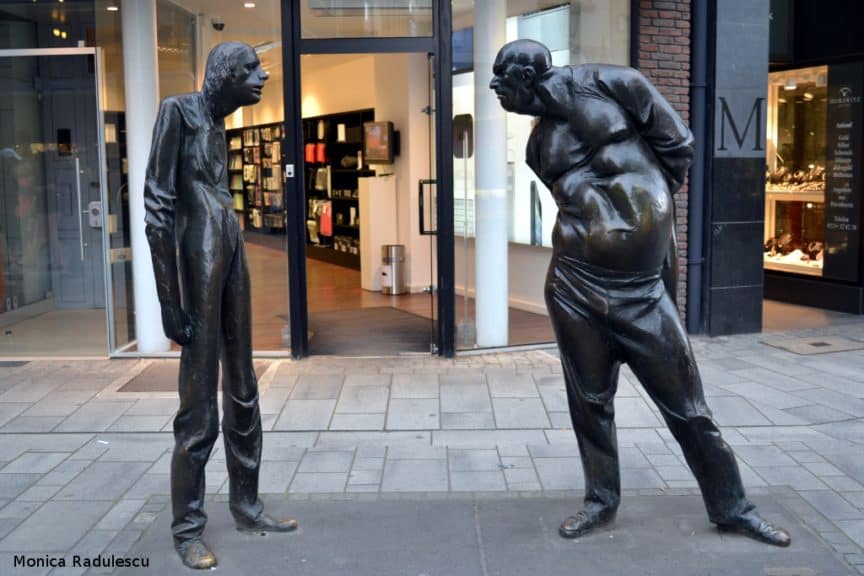People are used to seeing on wide screens. Computers and TV sets are like this. Laptops, telephones, and tablets offer this wide and rich view. It’s no wonder because we see more horizontal than vertical. Still, in photography, what matters is the composition and not the comfort. Not even the public’s comfort. So if all your pictures are made in landscape format, it’s time for some new rules.
Subject’s dimensions
Usually, if your subject is wide rather than high, use landscape format. If the subject is high rather than wide, use the portrait format. Especially for tall items, portrait format exaggerates this property and focus the attention on the prolonged shape. Think of trees in a forest, a lighthouse, or a windmill. Think of skyscrapers, monuments, or street lanterns. Human figures photographed from below in portrait format give authority, power. While same figures photographed from above are minimized, overwhelmed.
On the other side, when your subject is wide and imposing, it is calling for the landscape format.
The rule of thirds
The rule of thirds is a big help when you want to frame a subject. But it can also help when you are trying to decide between landscape and portrait formats. After you split the frame into nine equal parts and put the subject in the third you prefer, look around it. If the subject doesn’t fit or if you have too much empty spaces, you probably have to rotate the camera and change the format.
Practice, practice, practice
Like all photography related choices, this one is also made to be practiced. Use nature or standing still objects and photograph them using both landscape and portrait formats. Then do a critical analysis and choose the best one. Don’t be afraid to get close, to photograph from below or from above, to use all kinds of lenses. Geometry is really a nice lady and used properly it can deliver the best photos of your life.
The fun part
It isn’t necessary to choose only between landscape and portrait formats. Sometimes, you are allowed to play and photograph with the camera in a diagonal position. People’s heads can be cropped. Yes, buildings can exceed a picture. Yes, you can photograph branches without any botanical notion. And flowers. And everything that inspires you. After all, photography is about inspiration, perspective, and playing with light. Fill the frame with elegance and balance. Experience positions and framing. Choose well your subjects and take into account their features. Create the story you want to tell and then press the trigger.

